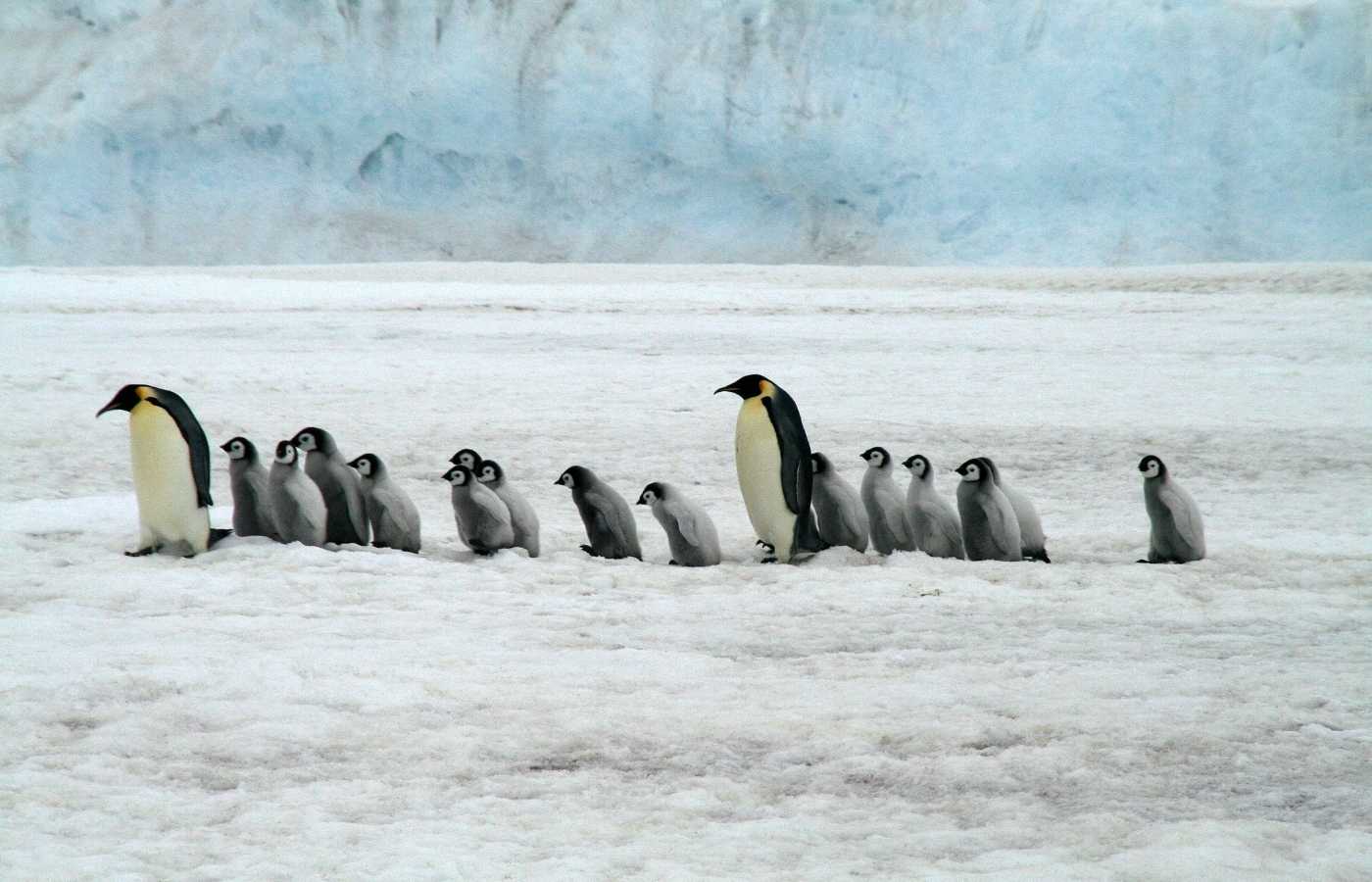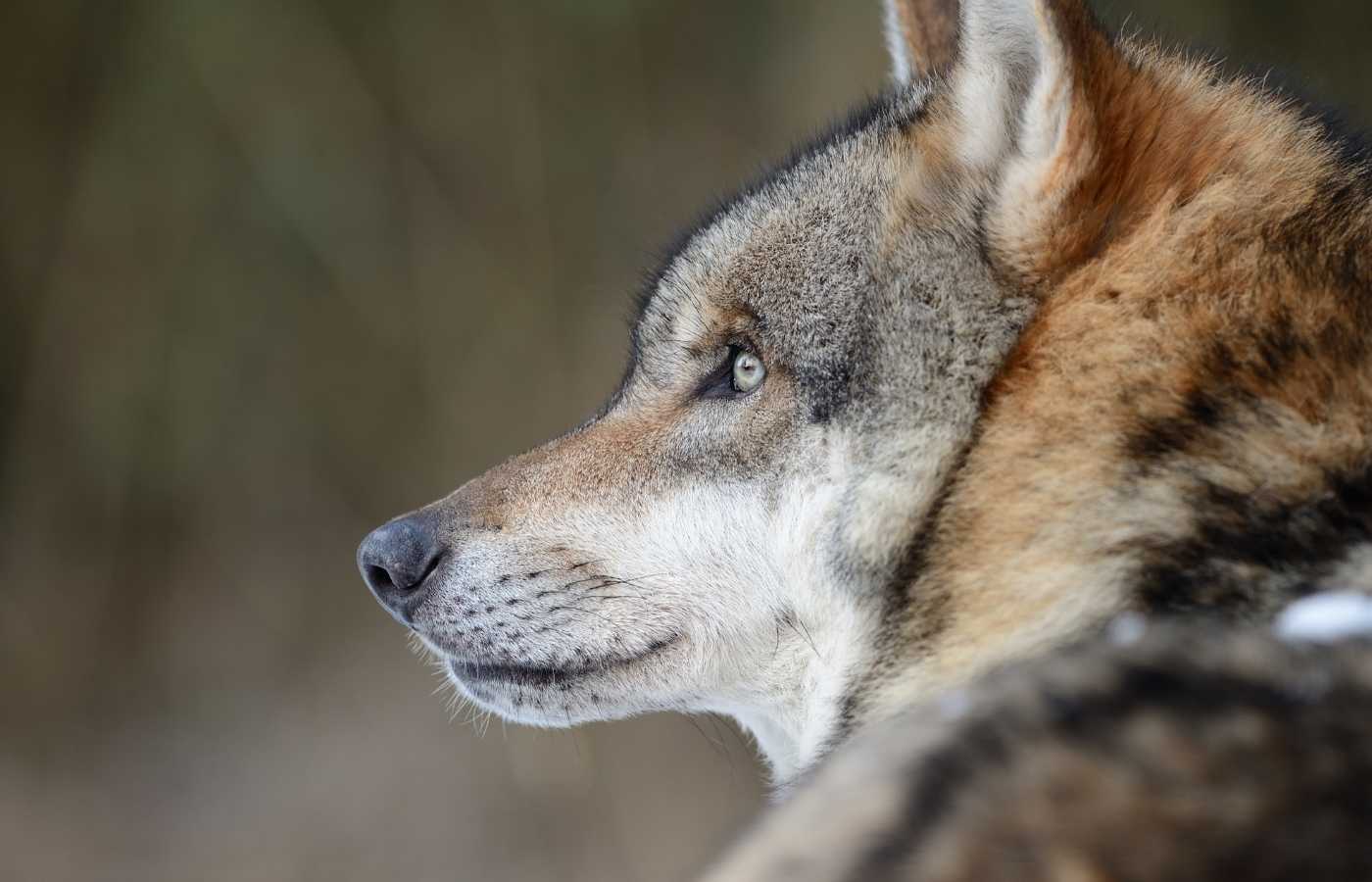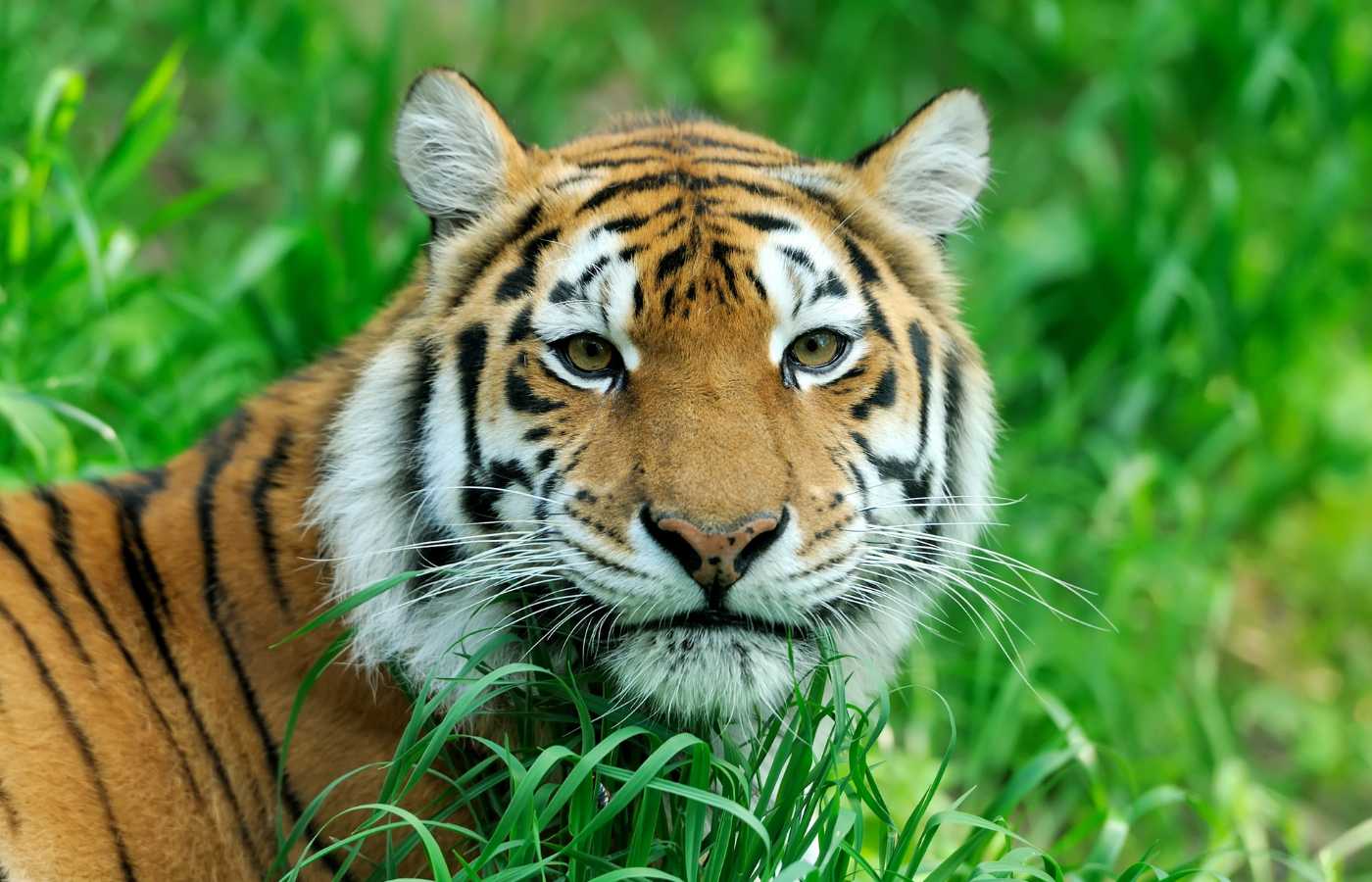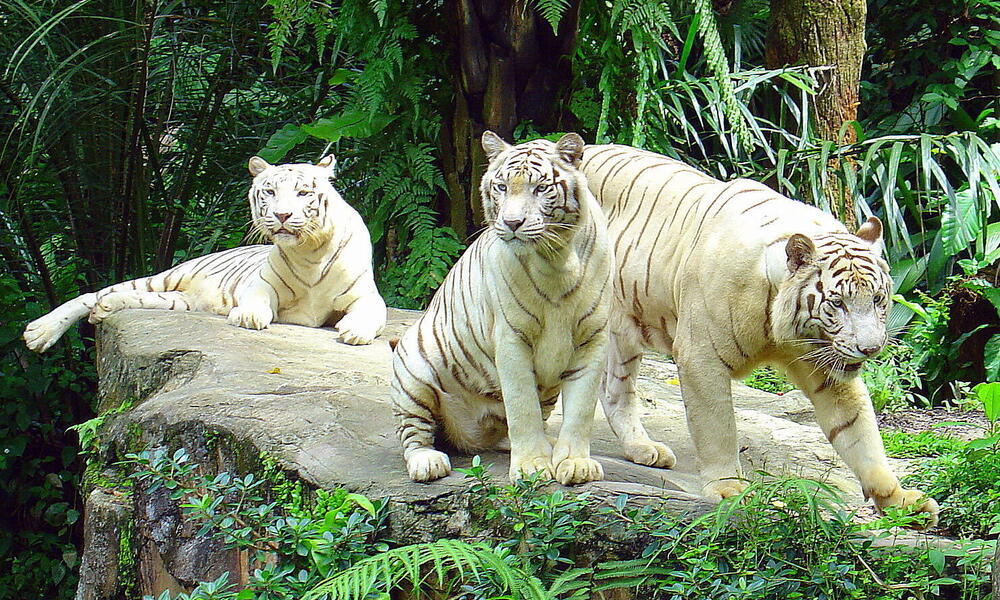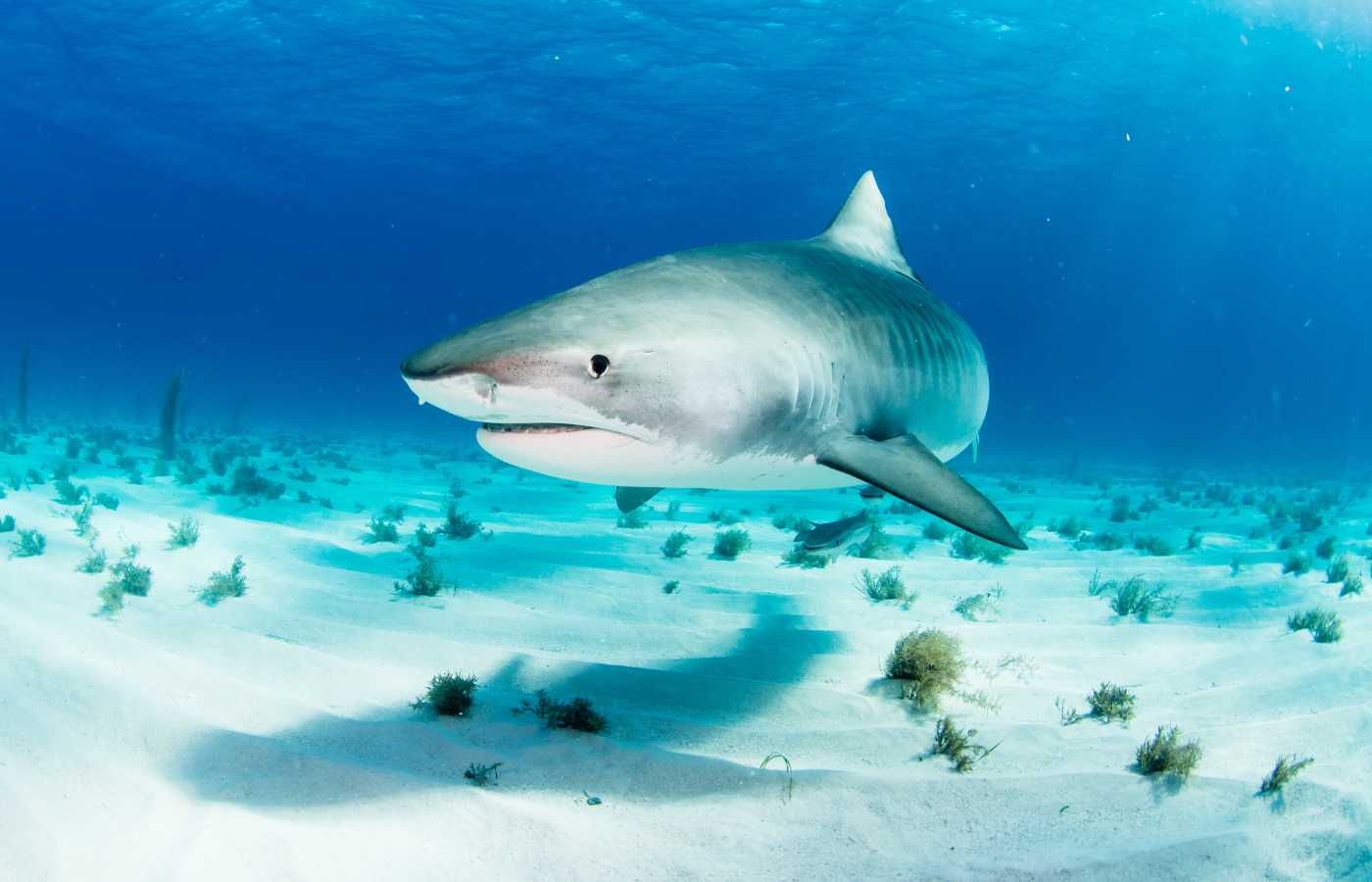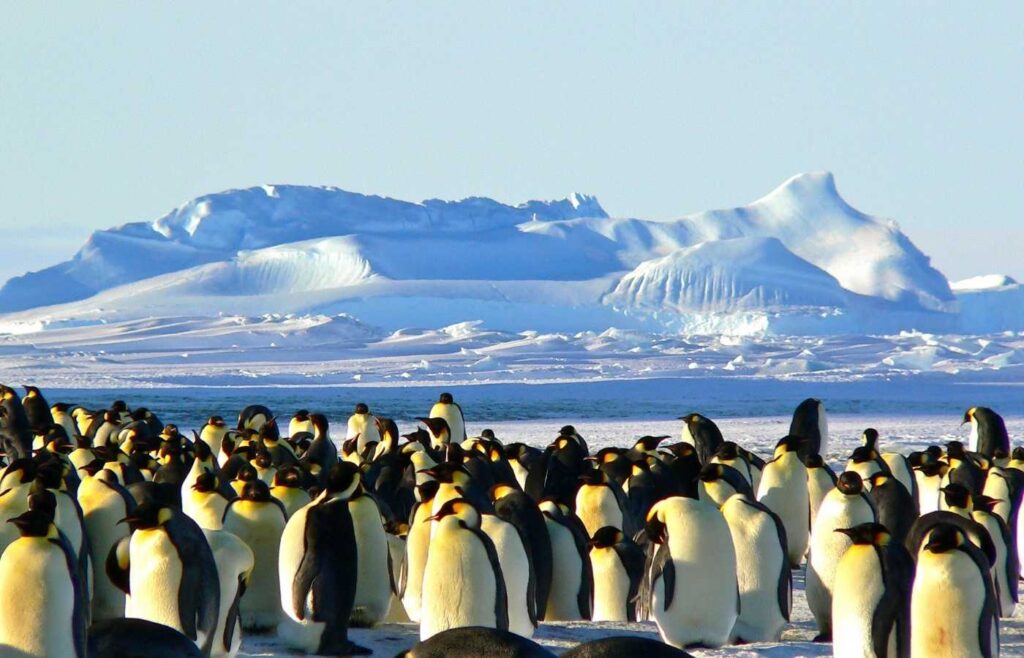
Monday, April 25th is World Penguin Day, and there’s no better time to learn about one of the coolest birds on Earth: the Emperor Penguin! These incredible animals live in Antarctica and are full of surprises. Ready to waddle into some fun facts? Let’s go!
🐧 All About Emperor Penguins
- The scientific name for an Emperor Penguin is Aptenodytes forsteri. Fancy, huh?
- They can grow up to 45 inches tall—about the height of a six-year-old kid!
- Emperor Penguins are about three times bigger than the smallest penguin, the Little Blue Penguin.
- They’re the largest of all 18 penguin species.
- They’re also the only penguin that breeds in Antarctica during winter. Brrrr!
- They live their entire lives in Antarctica and never leave the Southern Hemisphere.
- To stay warm, they’ve got four layers of feathers and a thick layer of blubber. That’s like wearing a fluffy winter coat!
- Their feathers are waterproof, kind of like a penguin raincoat.
- Penguins store fat to stay warm and energized. Their bodies can be up to 30% fat!
- An adult Emperor Penguin can weigh anywhere from 55 to 88 pounds, depending on the time of year. (That’s about the same as a big dog—or two car tires!)

🐧 Penguins in Groups
- Penguins live in big groups called colonies.
- Some colonies are huge—up to 15,000 breeding pairs!
- From space, scientists can see penguin colonies because of their… poop stains (called guano) on the ice. Ew, but also wow!
- A male Emperor Penguin is called a cock, and a female is called a hen.
- A baby penguin is called a chick or hatchling.
🐧 What They Look Like
- Emperor Penguins have a black back, white belly, and yellow-orange markings near their head and neck. So stylish!
- They can’t fly like other birds, so they’re called flightless birds.
- They recycle their body heat using special blood vessels in their legs. Super smart!
- On land, they shuffle or slide on their bellies using their feet to push. Penguins call that “tobogganing!”
🐧 Underwater Superstars
- Emperor Penguins are amazing swimmers—they can zip through the water at 7.6 miles per hour!
- They’re the deepest-diving birds, reaching up to 1,850 feet (though most dives are much shallower).
- Most of their dives last 3 to 6 minutes, but they can hold their breath for over 20 minutes if needed.
- They dive that deep to hunt for food like fish, squid, and krill.
- Even their tongues are built for the job—they’re spiky and rough to hold onto slippery snacks.
- Penguins eat about 1 pound of food per day, depending on how hungry they are.
- Scientists call them piscivores, which means they mainly eat fish.

🐧 Life in Antarctica
- Emperor Penguins have some scary predators: leopard seals, killer whales, and giant seabirds.
- To have their babies, they walk from the ocean to their breeding spots—sometimes up to 50 miles, but usually just 5–15 miles.
- To find a mate, males do a cute penguin dance—they wave their flippers and sing!
- Emperor Penguins are monogamous for the season, meaning they stay with one partner to raise their chick.
🐧 The Egg & Chick Story
- The female lays just one egg each season, usually in May or June.
- The egg is thick-shelled, shaped like a pear, and has a greenish-white color.
- Once the egg is laid, the mom heads back to sea to find food.
- The dad stays behind, balancing the egg on his feet and covering it with a brood pouch to keep it warm.
- He does this for about two months—in freezing cold—without eating anything but snow!
- To survive the cold, dads huddle together, taking turns being on the warm inside of the group.
- When the moms return, they bring food and take over caring for the chick.
- Hungry dads finally head out to sea for their first meal in over 100 days!

🐧 Growing Up Penguin
- When chicks hatch, they stay on their parents’ feet to keep warm.
- By September, chicks form little penguin playgroups called crèches.
- That means they can thermoregulate (keep themselves warm) without help!
- Once they can do that, they start to grow really fast. So both parents go out to hunt for food.
- Emperor Penguins don’t build nests—there’s no grass or twigs in Antarctica! So they keep their babies on their feet.
- If a chick gets lost or abandoned, some moms might adopt them (and some might even try to steal one!).
- Emperor Penguins are strong defenders. They use their powerful flippers to slap away danger (ouch!).
🐧 Penguin Problems
- Emperor Penguins are considered Near Threatened on the IUCN Red List.
- Their biggest threat? Climate change. Melting ice makes it harder to breed.
- Overfishing by humans also makes it tough for them to find enough food.
- There are around 200,000 breeding pairs left in the world.
- Some scientists think their population could shrink a lot over the next 75 years. Yikes!
🐧 FAQ: Curious Questions from Kids
Where do Emperor Penguins live?
Only in Antarctica! They’re the only animals that breed there in winter.
What do they eat?
Mainly fish (especially Antarctic silverfish), squid, and krill.
Are they dangerous?
Not really, but they’ll defend themselves with a strong nip or flipper slap if they feel threatened!
Can I have one as a pet?
Sorry, nope! Emperor Penguins are wild animals and need icy colonies to thrive.
🐧 How YOU Can Help Penguins
You can help Emperor Penguins by:
- Using less energy (walk, bike, or turn off lights)
- Eating local foods when you can
- Learning more at StopGlobalWarming.org
- Donating to conservation groups or adopting a penguin through WWF!
🐧 Visit Penguins in Wisconsin!
Want to meet real penguins? Head to the Milwaukee County Zoo! You’ll find:
- Gentoo Penguins and Rockhopper Penguins inside the Aviary
- Humboldt Penguins outside near the Zoo’s main entrance
Fun fact: Most zoos don’t have Emperor Penguins because they need ice, cold, and BIG groups to stay happy and healthy.
🐧 Celebrate World Penguin Day!
You can draw your own penguin, learn more online, or just tell someone your favorite fun fact. Which one did YOU love the most?
🐧❤️
Related Posts:
- 100 ‘Cool’ Winter Trivia Questions For Kids
- 100 Surprising Whale Facts Your Kids Will Love
- 100 Amazing Shark Facts For Kids
Calie Herbst, Editor-in-Chief of Milwaukee With Kids, has spent over a decade combining her experiences as a parent of three to create a hub for Milwaukee’s family adventures.
Her decade-long teaching career in Milwaukee Public Schools and academic background, including a Master’s in Teaching from Marquette University and dual B.A.s in Sociology and Spanish from the University of Wisconsin – Madison, fuel her passion for inclusive and engaging family content.
Calie is also a recognized voice in local media, contributing to WISN Channel 12 News, WTMJ Wisconsin Morning News, Fox 6’s Real Milwaukee, and B93.3.
Discover more about Calie’s journey and editorial approach on her About Page and Editorial Policy Page.


